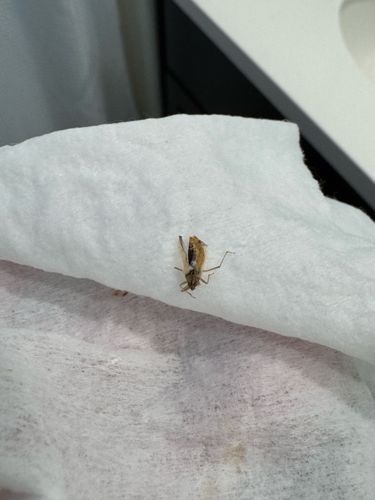Crane Fly
Scientific Name: Tipula species (or other genera within Tipulidae)
Order & Family: Order: Diptera, Family: Tipulidae
Size: Body length typically ranges from 1 to 2.5 inches (2.5 to 6 cm), with very long, slender legs, giving them a much larger appearance.

Natural Habitat
Adult crane flies are commonly found in moist environments with abundant vegetation, such as grasslands, forests, marshy areas, and near water bodies. They are often attracted to porch lights at night. Larvae live in moist soil, leaf litter, or aquatic sediments.
Diet & Feeding
Adult crane flies typically do not feed or feed on nectar. Larvae (known as 'leatherjackets') are primarily detritivores, feeding on decaying organic matter, but some can also feed on plant roots.
Behavior Patterns
Craneflies are often seen flying clumsily, attracted to lights at night, and resting on vegetation during the day. Adults do not bite or sting. Larvae live in moist soil or decaying organic matter and feed on roots or decaying plant material.
Risks & Benefits
Crane flies are generally harmless to humans. While large numbers of their larvae (leatherjackets) can sometimes cause damage to lawns and agricultural crops by feeding on roots, particularly in wet years, this is not a common widespread problem. As adults, they can serve as a food source for birds and other insectivores, contributing to the food chain. They are also important in decomposition processes as larvae.
Identified on: 8/9/2025